Introduction
Rock sugar, also known as crystal sugar or冰糖 in Chinese, is a type of sugar that has a unique crystalline structure and a translucent appearance. It is widely used in Asian cuisines, particularly in desserts, beverages, and traditional medicines, for its delicate sweetness and ability to enhance the flavor of dishes. However, not all rock sugars are created equal. Some may be pure and of high quality, while others might be adulterated or of inferior grade. Discerning the quality of rock sugar is crucial for ensuring that you are using a product that is not only safe but also enhances the taste and texture of your dishes. This article aims to provide a comprehensive guide on how to discern the quality of rock sugar, covering various aspects such as appearance, texture, taste, and packaging.
Understanding the Types of Rock Sugar
Before delving into the specifics of quality discernment, it is essential to understand the different types of rock sugar available in the market. Rock sugar can broadly be classified into two categories: refined and unrefined.
1 Refined Rock Sugar
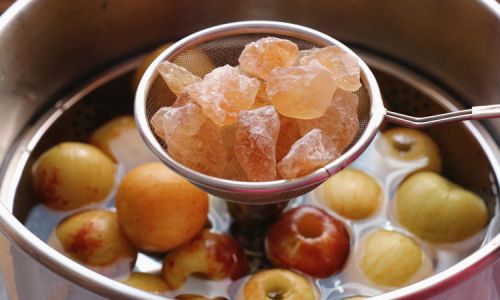
Refined rock sugar undergoes extensive processing to remove impurities and achieve a uniform appearance and texture. It is often produced from white granulated sugar, which is recrystallized under controlled conditions. Refined rock sugar is characterized by its translucent, crystalline structure and a pure, sweet taste. It is widely available in supermarkets and specialty stores.
2 Unrefined Rock Sugar
Unrefined rock sugar, on the other hand, is produced from raw cane juice or palm sap and undergoes minimal processing. It retains some of the natural impurities and minerals present in the original source, giving it a slightly darker color and a more complex flavor. Unrefined rock sugar is often valued for its natural sweetness and the additional nutrients it may contain.
Visual Inspection: Appearance and Color
One of the first steps in discerning the quality of rock sugar is to visually inspect it. Pay attention to its appearance and color.
1 Clarity and Translucence
High-quality refined rock sugar should have a translucent appearance, with clear, well-defined crystals. Any cloudiness or discoloration could indicate the presence of impurities or poor processing. Unrefined rock sugar, while not as translucent as refined sugar, should have a consistent color and texture. Avoid products that have an uneven color or appear to have foreign particles embedded within the crystals.
2 Color Variations
The color of rock sugar can vary depending on its type and source. Refined rock sugar is typically white or a very light amber, while unrefined sugar may have a darker amber or golden hue. However, within these ranges, there should be uniformity in color. If you notice significant color variations within a batch, it could be a sign of poor quality or adulteration.
Texture: Feel and Consistency
The texture of rock sugar is another important indicator of its quality. Examine the crystals closely and handle them if possible.
1 Crystal Structure
High-quality rock sugar should have well-formed, uniform crystals. The crystals should be firm and not easily crumble or dissolve when touched. If the crystals are irregular, brittle, or powdery, it could indicate poor processing or storage conditions.
2 Moisture Content
The moisture content of rock sugar also affects its texture. Rock sugar should be dry to the touch, with no visible moisture or stickiness. Excess moisture can lead to crystallization issues and a shorter shelf life.
Taste: Sweetness and Flavor
Taste is a crucial aspect of discerning the quality of rock sugar. A good quality rock sugar should have a pure, sweet taste without any off-flavors.
1 Pure Sweetness
High-quality rock sugar should taste purely sweet, with no bitter, metallic, or chemical aftertaste. If you notice any unusual flavors, it could be a sign of impurities or poor processing.
2 Complexity in Unrefined Sugar
Unrefined rock sugar may have a slightly more complex flavor profile due to the retention of natural impurities and minerals. While it may have a hint of caramel or molasses flavor, it should still be primarily sweet.
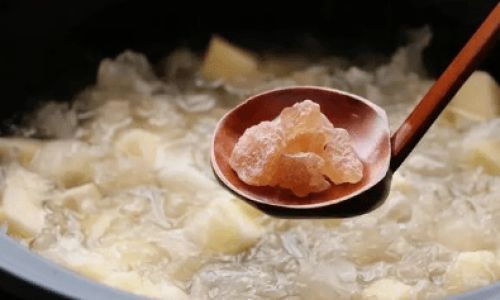
Packaging: Information and Integrity
The packaging of rock sugar can also provide insights into its quality. Examine the packaging carefully for information and signs of integrity.
1 Labeling
The label should provide information about the type of rock sugar (refined or unrefined), its ingredients, and any certifications or standards it meets. Look for products that are certified organic, non-GMO, or have other quality assurances. Avoid products with vague or misleading labeling.
2 Sealing and Condition
The packaging should be securely sealed to prevent moisture and contaminants from entering. Check for any signs of tampering or damage. A well-sealed package indicates that the product has been handled properly and is likely to be of good quality.
Origin and Brand Reputation
The origin of the rock sugar and the reputation of the brand can also provide valuable information about its quality.
1 Origin
Some regions are known for producing high-quality rock sugar due to their favorable climate and traditional production methods. Research the origin of the rock sugar you are considering and look for products from reputable regions.
2 Brand Reputation
Established brands with a history of producing quality products are more likely to offer high-quality rock sugar. Read reviews and seek recommendations from others who have used the product to gauge its quality.
Storage and Shelf Life
Proper storage and shelf life are also important considerations when discerning the quality of rock sugar.
1 Storage Conditions
Rock sugar should be stored in a cool, dry place to prevent moisture absorption and crystallization issues. If the product has been stored improperly, it may lose its quality over time.
2 Shelf Life
Check the best-before date on the packaging to ensure that the product is within its shelf life. Older products may have lost some of their quality due to natural degradation over time.
Conclusion
Discerning the quality of rock sugar involves a combination of visual inspection, texture analysis, taste testing, and examining the packaging, origin, and brand reputation. By paying attention to these factors, you can ensure that you are purchasing a product that is not only safe but also enhances the taste and texture of your dishes. Remember, high-quality rock sugar should have a translucent appearance, firm crystals, a pure sweet taste, and be securely packaged with clear labeling and a reputable origin. With these guidelines in mind, you can confidently select the best rock sugar for your culinary needs.

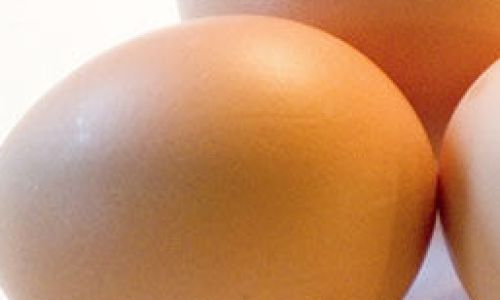
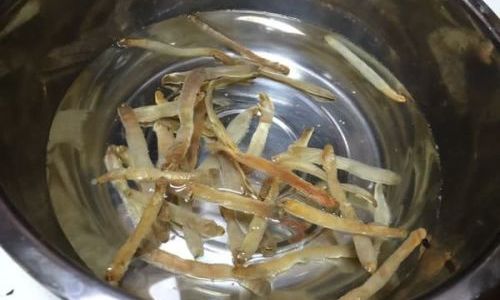
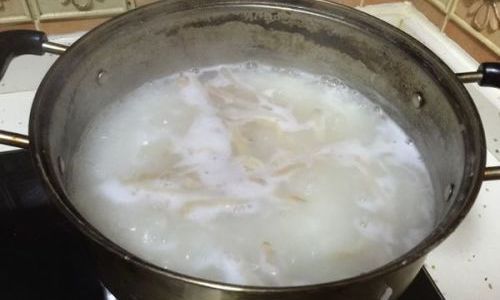
0 comments